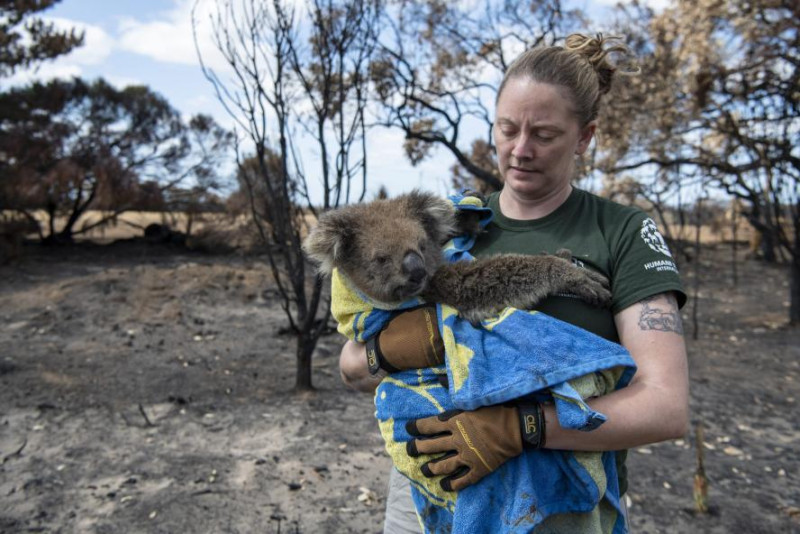
Animals
Save donithan at Australia wildfires
£2,100 raised of £11,000 goal 19.09%- 2 Donations
- Finalized
- 0 Likes
Campaign Ended!
Australian bushfires, often referred to as wildfires or forest fires, are a natural and frequent phenomenon in Australia, particularly during the summer months. These fires can cause widespread devastation, affecting ecosystems, communities, and the economy. Understanding the causes, impacts, and responses to these fires is crucial for mitigating their effects and enhancing preparedness.
Causes of Bushfires: Bushfires in Australia can be ignited by both natural and human factors. Key causes include:
Conclusion: Australian bushfires are a complex natural hazard with significant environmental, social, and economic impacts. Understanding their causes, and effects, and the importance of effective management and response strategies is essential for building resilience and safeguarding communities. As climate change continues to influence fire behavior, ongoing research, public awareness, and policy action will be critical in mitigating the devastating effects of bushfires in Australia.
Causes of Bushfires: Bushfires in Australia can be ignited by both natural and human factors. Key causes include:
- Lightning Strikes: Natural lightning is a significant cause of bushfires, especially during dry thunderstorms.
- Human Activities: Accidental or deliberate human activities, such as arson, campfires, and discarded cigarette butts, are common ignition sources.
- Weather Conditions: Extreme heat, prolonged drought, and strong winds create ideal conditions for bushfires to ignite and spread rapidly.
- Environmental Impact: Bushfires can devastate large areas of forest, leading to loss of biodiversity, destruction of habitats, and soil degradation. Recovery of ecosystems can take years or even decades.
- Human Impact: Lives can be lost, and many people may suffer from respiratory issues due to smoke inhalation. Homes and infrastructure can be destroyed, displacing communities and causing emotional and financial distress.
- Economic Impact: The cost of bushfires includes property damage, loss of agricultural productivity, and expenses related to firefighting and recovery efforts.
- Black Saturday (2009): One of the deadliest bushfires in Australian history, resulting in 173 deaths and extensive property damage in Victoria.
- Black Summer (2019-2020): A series of devastating fires burned over 18 million hectares, destroyed thousands of homes, and killed 33 people, with an estimated 3 billion animals affected.
- Preparedness: This includes community education, creating defensible spaces around properties, and developing emergency plans.
- Response: Firefighting efforts involve coordination between various agencies, the use of aerial firefighting resources, and the implementation of controlled burns to reduce fuel loads.
- Recovery: Post-fire recovery efforts focus on rebuilding communities, restoring ecosystems, and providing support services to affected individuals.
Conclusion: Australian bushfires are a complex natural hazard with significant environmental, social, and economic impacts. Understanding their causes, and effects, and the importance of effective management and response strategies is essential for building resilience and safeguarding communities. As climate change continues to influence fire behavior, ongoing research, public awareness, and policy action will be critical in mitigating the devastating effects of bushfires in Australia.
-

Lyned Burdon donated £400
-

Lyned Burdon donated £1,700